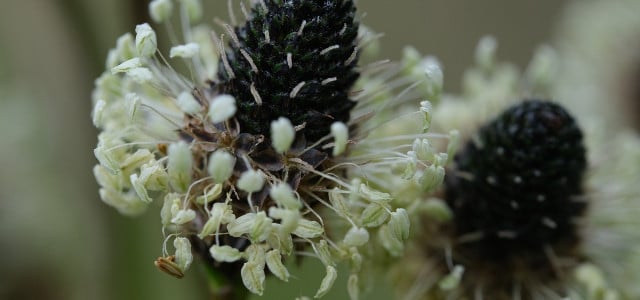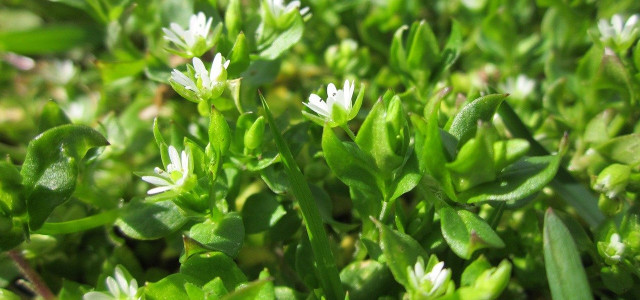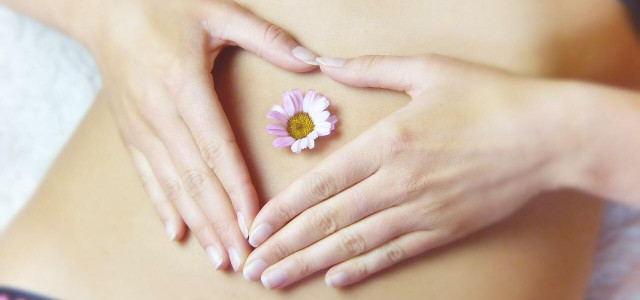Is buckhorn plantain a plant worth talking about? This common plant has several benefits that you may find useful, and we will discuss these below.
Buckhorn plantain is a slim and slender perennial broadleaf plant commonly found growing in dry grasslands and near the sea on rocks. It can be found worldwide, though it’s especially common in countries like England or the United States. However, the plant is actually native to Europe.
Buckthorn plantain is native to Europe and reproduces one of two ways: seed, or by forming new shoots at its base. It usually begins to flower in the summer months and is characterized by its small flowers ranging from shades of white to brown.
https://utopia.org/guide/edible-weeds/
Identifying Buckhorn Plantain
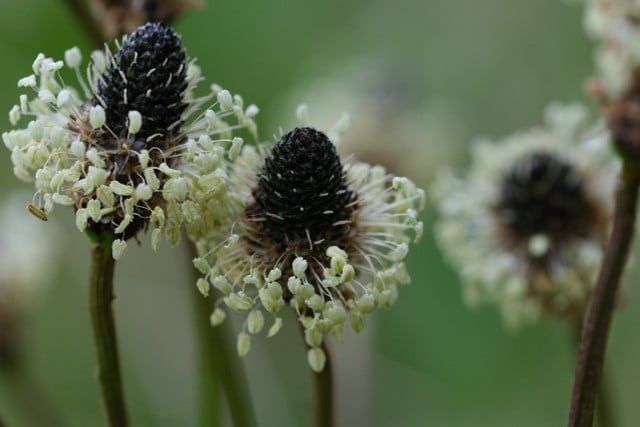
(Foto: CC0 / Pixabay / ZenAga)
Once you gain a sense of familiarity with what buckhorn plantain looks like, you should find it easier to identify. So how do you identify it?
Buckhorn plantain has long, tall, leafless stalks that sprout from long, ribbed leaves. These long, ribbed leaves form a basal rosette from which the stalk sprouts from. The stem of the plant can grow to up to two feet. The flowers that sprout at the end of the stalk are dense cone-like spikes, typically either white or brown, and can be up to four inches long. The seeds that the flowers can contain become sticky when wet, which can help animal transport take place so that the seeds can spread further.
To identify the plant, you should look out for all of these individual characteristics to ensure that it fits the profile. If unsure, you can always start at the base where the leaves are located and work your way up.
Benefits of Buckhorn Plantain



(Foto: CC0 / Pixabay / Miller_Eszter)
Buckhorn plantain has actually been used for centuries in traditional medicine and is still used by some people today. Thanks to its edible properties, it offers a wide range of consumption methods. However, more research will be needed in order to confirm its beneficial and medicinal properties.
Here are the potential benefits of buckhorn plantain:
- Reduced inflammation: The leaves of buckhorn plantain contain anti-inflammatory compounds such as glycosides, tannins, flavonoids, and terpenoids. Several studies have shown how the leaves have helped reduce participants’ inflammation. For example, one study found that using plantain weed extract helped several indicators of inflammation caused by liver injury.
- Wound healing: Although research in this area is limited, one study found that the participants’ wounds healed faster when compared to a control group when treating them with only plantain weed extract.
- Skin health: Plantain leaves may help to calm irritated skin by reducing inflammation.
- Improved digestive system health: Compounds found in the plant can help to aid digestive health. One review of a study indicated that the plant helps to promote healthy bowel movements, while other studies suggested it could even help with bloating and other issues.
In regards to more traditional medicine, it has also been used to treat colds and coughs among other issues. However, more research is needed before any solid claims can be made about buckhorn plantain.
How Can I Use Buckhorn Plantain?
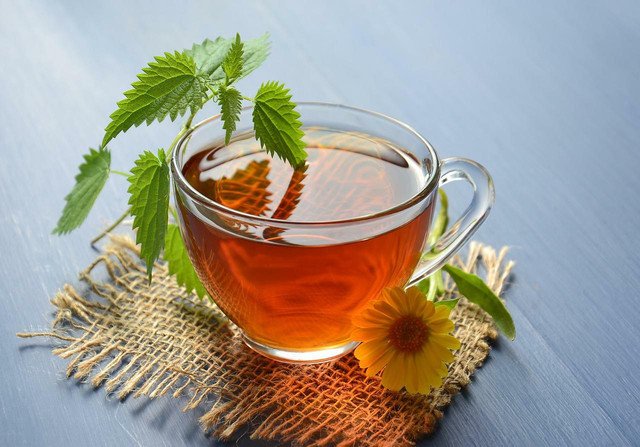


(Foto: CC0 / Pixabay / Mareefe)
If you’re wondering how you can use buckhorn plantain safely, not to worry — there are several methods available. Here are some ways that you can use the plant effectively and safely:
- As part of a meal: if you have never consumed buckhorn plantain before, we recommend testing just a little at first, to see if you have any allergic reactions. You can eat the leaves raw or cooked, just be sure to give them a rinse with cold water first. Buckthrown plantain leaves contain vitamins A, C, and K, and the younger leaves tend to have better flavor. If you have older leaves, simply sauté them for a few minutes in some rapeseed oil to give them a better taste. Alternatively, you can also dry the leaves to use as tea.
- Apply to the skin: You can either use the leaf directly or use it as an ointment to treat irritated skin, stings, or bites. You can press the leaf directly on the affected area and hold it down firmly for as long as you feel is necessary.
There are also some things to be aware of when it comes to using buckhorn plantain. If you decide to take it as a supplement, you should be wary of potential side effects, and it is recommended you speak to a healthcare provider about the correct dosage.
It is usually best to start with a low dose and increase it slowly. Taking doses that are too high can cause side effects such as bloating, diarrhea, and skin reactions. More serious side effects can include anaphylaxis, which is a severe allergic reaction. Therefore, it is incredibly important to seek professional recommendations before taking higher doses.
Read more:
- Burdock Roots: Benefits for Hair & Body
- Stinging Nettle Benefits: How to Use Stinging Nettles as Medicine
- Schisandra Benefits & How to Use
Important Information regarding Health-related Topics.
** Links to retailers marked with ** or underlined orange are partially partner links: If you buy here, you actively support Utopia.org, because we will receive a small part of the sales proceeds. More info.Do you like this post?






